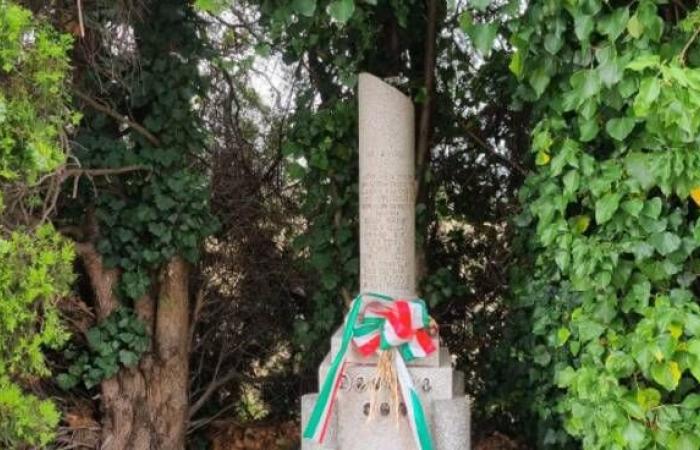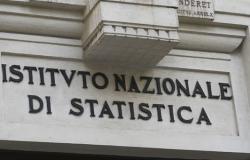by Gabriele Zelli
When Rome was liberated on 4 June 1944, twenty-three of the sixty members of the Sicherheitsdienst (SD, Security Service), an information and intelligence service of the German SS which operated from 1932 to 1945, were transferred to Forlì and settled in the building of orphanage in Viale Salinatore. In the capital the same men, commanded by the war criminal Herbert Kappler, took part in the roundup of over 1200 Jews and their deportation to concentration camps on 16 October 1943 (16 of them returned alive), after having extorted 50 kilos of cash from the Jewish community. gold.
In their headquarters in Via Tasso they practiced daily torture on partisans, anti-fascists and anyone believed to be in possession of information which, once extorted, could affect the members of the Roman resistance. Furthermore, on 24 March 1944, they were among those who killed, one by one, the 335 victims of the Fosse Ardeatine and in the hours in which they left Rome they eliminated, in the La Storta area, fourteen anti-fascists who were being held in the prison on Via Tasso.
Their arrival in Forlì and Romagna determined a change in the strategy of repression against local partisans, targeting the civilian population in particular to terrorize them so that they would not support the Resistance.
In an accurate reconstruction of the events drawn up by the local Historical Institute of the Resistance and the Contemporary Age, it is written that on 22 June 1944 the Aussenkommando of the Sicherheitspolizei and the Sicherheitsdienst (Sipo-SD) of Forlì carried out a roundup in the Piangipane area against the partisans of the 28th Brigade Patriotic Action Groups (GAP). During the roundup, Caruso Balella, Francesco Casadio, Francesco Drei, Enrico Donati, Aristide Sintini, Pietro Bartoletti were killed and nine inhabitants of Piangipane were arrested, taken to Forlì and locked up in the local prison.
A few days later, on 26 June 1944, an act of partisan sabotage was carried out on the railway line between Forlì and Faenza which caused a derailment and the death of a German soldier and the wounding of others.
On the morning of 29 June some SS officers took the nine men from Piangipane from prison and a partisan, Giulio Benigni, captured in Senigallia, and took them to the SD headquarters in Viale Salinatore where they were put on a truck which took them to the of the airport.
The SS made the ten get out of the vehicle and made them lie face down on the bottom of a crater caused by an airplane bomb. Then they shot them in the back of the head. A thin layer of earth was thrown over the bodies and in the following days some prisoners in the prison, taken to the scene of the crime, were ordered to repair the road by closing the crater.
Despite the concealment of the bodies, the command of the SD of Forlì published a manifesto with which it informed the inhabitants of the provinces of Forlì and Ravenna of the retaliation with these words: “In recent times the acts of sabotage against military installations have repeated more and more frequently. On June 26th, near Forlì, a train was derailed, causing the death of a German soldier, while several were injured. The German military commands are not at all willing to leave such acts of sabotage unpunished. As a measure of retaliation for the act of sabotage in question, today the following communists and partisans were shot – by shooting in the back: Agusani Nello, Babini Domenico, Benigni Giulio, Buzzi Nello, Lolli Colombo, Mezzoli Francesco, Ravaglia Emilio, Ricci Costante, Taroni Francesco, Tascelli Giovanni”.
A memorial stone in via Seganti in Forlì, which should be restored, remembers them.
After the liberation of Forlì on 9 November 1944, an investigation by the British Special Investigation Branch identified, thanks to the collaboration of a deserter from the SD detachment of Forlì, those responsible for the massacre.
The relevant file, passed to the Italian Military Attorney General’s Office in 1946, was provisionally archived in 1960 and was found in 1994 in a room in Palazzo Cesi-Gaddi in Rome in the so-called “closet of shame”, which contained documents relating to investigations into war crimes during the Second World War. In 1996, the Prosecutor’s Office at the Military Court of La Spezia received the file and began new investigations; in 2003, after having ascertained that all those responsible were deceased or untraceable, the documents were archived.






